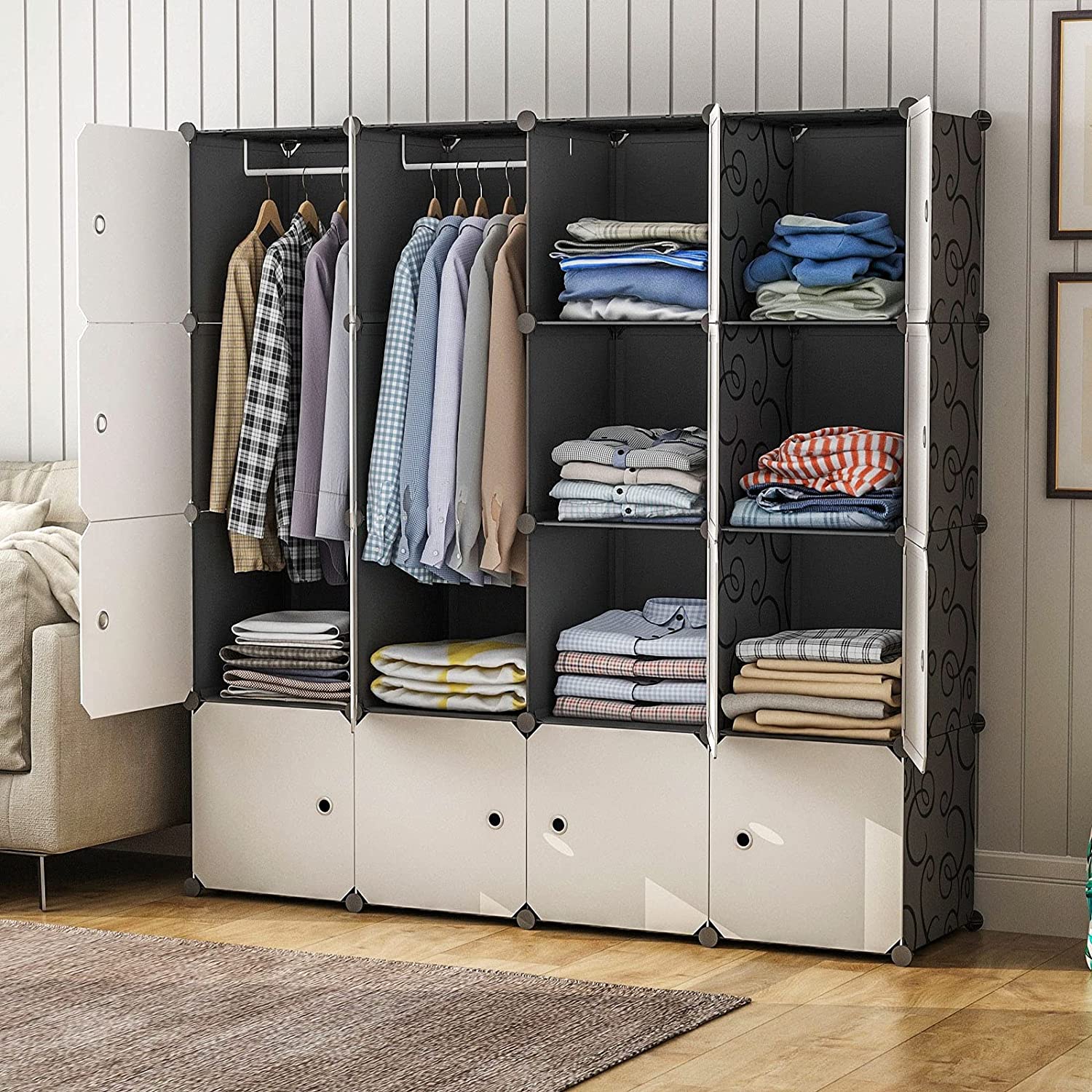

Articles
How To Organize A Mens Closet
Modified: October 20, 2024
Learn effective strategies for maximizing bedroom storage and organizing a men's closet. Create a functional and efficient space with these helpful tips.
(Many of the links in this article redirect to a specific reviewed product. Your purchase of these products through affiliate links helps to generate commission for Storables.com, at no extra cost. Learn more)
Introduction
Welcome to the ultimate guide on how to organize a men’s closet! A well-organized closet not only saves you time and effort in the morning when getting ready, but it also helps eliminate clutter and creates a more visually appealing space. Whether you’re a fashion-forward individual or simply looking to make the most out of your bedroom storage, this article will provide you with helpful tips and strategies to transform your closet into a functional and stylish haven.
Organizing a men’s closet may seem like a daunting task, especially if you have accumulated a large collection of clothing, accessories, and shoes over the years. However, with a step-by-step approach and the right storage solutions, you’ll be able to streamline your closet and enjoy easy access to your wardrobe essentials. From assessing and sorting your clothing to utilizing smart organizational systems, let’s dive into the process of creating a perfectly organized men’s closet.
Key Takeaways:
- Declutter and categorize your clothing based on type, occasion, and season to create a well-organized men’s closet. Utilize smart storage solutions and maintain your closet regularly to ensure efficiency and functionality.
- Arrange and hang clothing strategically, and organize accessories and shoes to save time and maintain a visually pleasing closet. Regularly reassess and update your wardrobe to keep your closet clutter-free and aligned with your personal style.
Read more: How To Organize Men’s Closet
Step 1: Assess and Sort
The first step in organizing a men’s closet is to assess the current state of your wardrobe and sort your clothing into categories. Begin by emptying your entire closet and placing all your clothes on your bed or a clean surface. This will allow you to see exactly what you have and make the sorting process easier.
Next, start by going through each item and decide whether to keep, donate, or discard it. This is a crucial step in decluttering your closet and creating more space for the items you truly need and love. If you haven’t worn a certain piece of clothing in over a year or if it no longer fits or suits your style, it’s probably time to let it go.
As you sort through your clothes, it’s helpful to create categories based on the type of clothing, such as t-shirts, shirts, pants, jackets, and so on. This will make it easier to organize your closet in the later steps. Additionally, consider categorizing your clothing based on the occasion or season, such as workwear, casual wear, formal wear, or summer and winter clothing.
Once you have sorted your clothing into categories, you can move on to the next step of the organization process. Remember, the key to a well-organized closet is to only keep items that you love, wear regularly, and make you feel confident.
Step 2: Declutter and Remove Unwanted Items
Now that you have sorted your clothing into categories, it’s time to declutter and remove any unwanted items from your closet. This step is crucial in creating a more organized and functional space.
Start by reassessing each category and being honest with yourself about what you truly need and love. Ask yourself questions like, “Does this item still fit me?” or “Have I worn this in the past year?” If the answer is no, it’s time to let go.
Consider donating gently used clothes to local charities or clothing drives. Not only does this help declutter your closet, but it also gives your unwanted items a chance to be loved by someone else. Alternatively, if some items are damaged or worn out, it’s best to discard them responsibly.
During the decluttering process, it’s important to be objective and detach yourself from sentimental attachments. Remember, you’re creating a more streamlined and efficient wardrobe. Holding on to items that no longer serve you will only take up unnecessary space.
Another helpful tip is to consider your lifestyle and personal style when decluttering. If you have clothes that no longer align with who you are or how you dress, it’s time to say goodbye. By decluttering and removing unwanted items, you’ll have more space and make room for the pieces that truly reflect your style.
Once you have decluttered and removed the unwanted items from your closet, you’re ready to move on to the next step: categorizing your clothing.
Step 3: Categorize Clothing
Categorizing your clothing is an essential step in organizing your men’s closet. By grouping similar items together, you’ll be able to easily locate what you need and maintain a tidy and efficient space. Here are some tips for effectively categorizing your clothing:
- By Type: Start by categorizing your clothing based on type, such as t-shirts, shirts, pants, shorts, sweaters, and jackets. This arrangement allows you to easily locate specific items when getting dressed.
- By Occasion: Consider categorizing your clothing based on different occasions, such as workwear, casual wear, formal wear, or exercise clothing. This helps you quickly find appropriate outfits for specific events or activities.
- By Season: If you live in an area with distinct seasons, organizing your clothing by season can be helpful. Separate your summer and winter attire, and rotate them accordingly as the seasons change.
- By Color: For those who prefer a visually pleasing and aesthetically appealing closet, organizing clothing by color can be a great option. Arrange your clothes from light to dark or group them by color families.
Choose the categorization method that works best for you and your wardrobe. You can also mix and match these approaches based on your personal preferences and the available space in your closet.
Invest in organizing tools such as hanging shelves, dividers, or clear storage bins to further enhance the categorization and separation of your clothes. These tools can help keep your clothing neatly divided, making it easier to browse and select items.
By categorizing your clothing, you’ll have a better understanding of what you own and can easily create outfits based on your preferences and needs. Let’s move on to step 4 to learn about choosing an organizational system for your closet.
Step 4: Choose an Organizational System
Choosing the right organizational system for your men’s closet is crucial in maintaining an efficient and functional space. There are several options to consider, depending on your preferences and the available space in your closet. Here are some popular organizational systems to help you make the most out of your storage:
- Hanging Rods: The most common and basic organizational system is using hanging rods. Install rods at different heights to accommodate various types of clothing, such as shirts, jackets, and pants. Utilize space efficiently by hanging clothes in a cascading fashion, allowing you to maximize vertical space.
- Shelves and Drawers: Adding shelves and drawers to your closet provides additional storage options. Use shelves to store folded clothes, shoes, and accessories. Drawers can help keep smaller items like socks, underwear, and ties neatly organized and easily accessible.
- Hooks and Racks: Hooks and racks are perfect for hanging accessories such as belts, ties, hats, and scarves. They can be conveniently mounted on the walls or inside the closet doors, making use of otherwise unused space.
- Baskets and Bins: Baskets and bins are ideal for storing items like sweaters, gym clothes, or items that don’t need to be hung. Choose clear bins or label them for easy identification.
- Shoe Racks: Keep your shoe collection organized and visible with shoe racks or shelves. Consider using shoe boxes or clear shoe organizers to protect and display your footwear.
Prioritize the organizational systems that best suit your needs and the layout of your closet. Take measurements and plan the placement of different storage solutions to optimize the available space.
Remember, the key is to create a system that is easy to maintain and allows you to access your clothing and accessories with ease. Choose high-quality, durable storage solutions that will withstand regular use and keep your items in good condition.
Now that you have selected an organizational system, it’s time to move on to step 5 and learn about utilizing closet storage solutions to further enhance the efficiency of your men’s closet.
Use uniform hangers to create a clean and organized look. Group similar items together and arrange by color for easy access. Use shelf dividers to separate stacks of sweaters and t-shirts.
Read more: How To Organize Shorts In A Closet
Step 5: Utilize Closet Storage Solutions
Now that you have chosen an organizational system for your men’s closet, it’s time to enhance its efficiency by utilizing various closet storage solutions. These solutions will help you maximize the available space and keep your clothing and accessories in order. Here are some closet storage solutions to consider:
- Shoe Organizers: Invest in shoe racks, hanging shoe organizers, or shoe cubbies to keep your footwear neatly arranged and easily accessible. This will help prevent shoe clutter on the floor and protect your shoes from getting damaged.
- Drawer Dividers: Use drawer dividers to separate and organize smaller items like socks, underwear, and accessories. Dividers will help keep items in place and make it easier to find what you need without digging through a messy drawer.
- Hanging Accessories Organizers: Hanging organizers with compartments are perfect for storing accessories such as belts, ties, scarves, and jewelry. They save space and provide easy visibility and access to these items.
- Fabric Bins and Boxes: Utilize fabric bins and boxes to store items that can be folded or rolled, such as sweaters, t-shirts, or workout gear. Label each bin or box to easily identify its contents.
- Over-the-Door Organizers: Make use of the back of your closet or bedroom door by installing over-the-door organizers. These can hold items like hats, belts, handbags, or even additional shoe storage.
Take into account the size and layout of your closet when selecting storage solutions. Additionally, be mindful of the functional and aesthetic aspects. Choose solutions that not only maximize space but also fit well with your personal style.
Remember to regularly reassess and adjust your storage solutions as needed. As your wardrobe evolves, you may need to make changes to accommodate new items or adjust the organization system for better efficiency.
With the right closet storage solutions in place, you’ll be able to maintain a tidy and well-organized men’s closet. Let’s move on to step 6 and learn about arranging and hanging clothing.
Step 6: Arrange and Hang Clothing
Now that you have sorted and categorized your clothing, it’s time to arrange and hang them in your men’s closet. Having a well-arranged closet not only makes it easier to find what you need, but it also ensures that your clothes remain wrinkle-free and in good condition. Here are some tips for arranging and hanging your clothing:
- Group Similar Items: As you hang your clothes, group similar items together. For example, keep all shirts together, pants together, and jackets together. This makes it easier to locate specific items when you need them.
- Use Matching Hangers: Consider using matching hangers for a uniform and visually appealing look. Slim hangers save space and prevent your clothes from getting stretched or misshapen. If you have heavier items like coats or suits, opt for sturdier hangers that can support the weight.
- Organize by Length and Color: Arrange your clothes by length within each category. Longer items such as coats or dresses should be placed on one side, while shorter items like shirts or blouses can be on the other side. Within each length category, further organize the clothes by color for a visually pleasing display.
- Hang Formalwear and Suits Together: If you have formalwear or suits, dedicate a section of your closet specifically for them. Use garment bags to protect your suits and special occasion clothing from dust and damage.
- Utilize Space-Saving Techniques: To maximize space, try using cascading hangers or hanging organizers that allow you to stack multiple items vertically. This will help you make the most out of your closet’s vertical space.
When hanging items, make sure to leave some space between garments to prevent overcrowding. This will make it easier to remove and rehang clothes without causing wrinkles or creases.
Additionally, consider hanging your most frequently worn items at eye level for easy access. Less frequently worn items can be placed higher or lower in the closet.
By arranging and hanging your clothing strategically, you’ll create an organized and visually pleasing men’s closet. Next, let’s move on to step 7 and discuss how to organize accessories and shoes.
Step 7: Organize Accessories and Shoes
Organizing accessories and shoes is just as important as organizing your clothes in a men’s closet. Properly arranging and storing these items will save you time and ensure that you can easily find the perfect finishing touches for your outfits. Here are some tips for organizing accessories and shoes:
- Belts and Ties: Use hooks or special hangers to hang belts and ties. Keep them visible and accessible so you can quickly choose the right one to complement your outfit. Consider organizing them by color or style for easy selection.
- Scarves and Hats: Hang scarves on scarf hangers or fold them neatly and store them in baskets or bins. Hats can be placed on shelves or in special hat boxes to protect their shape.
- Jewelry: Keep your jewelry organized by using jewelry trays or boxes with compartments. Separate necklaces, bracelets, rings, and earrings to prevent tangling and make it easier to find the piece you want to wear.
- Shoe Storage: Invest in a shoe rack, shoe cubbies, or shoe shelves to keep your shoes organized. Store them according to style or frequency of use, and consider using clear shoeboxes or labels to easily identify each pair.
- Avoid Floor Clutter: Keep the floor of your closet free from shoe piles or clutter. This not only makes your closet look tidier but also helps protect your shoes from damage. Utilize shoe racks or shelves to keep your shoes neatly arranged.
Consider using drawer dividers or small containers to store small accessories like cufflinks, watches, or pocket squares. By organizing these items, you’ll be able to find what you need in an instant.
A well-organized accessories and shoe section in your closet will save you time and ensure that you can easily find the perfect additions to your outfits. Now, let’s move on to step 8, which focuses on maintaining and regularly updating your organized men’s closet.
Step 8: Maintain and Regularly Update
Maintaining an organized men’s closet requires regular attention and a proactive approach. By implementing some simple maintenance habits, you can ensure that your closet remains organized and clutter-free. Here are some tips to help you maintain and regularly update your closet:
- Regular Cleaning: Set aside time every few months to declutter and reassess your clothing. Take this opportunity to remove any items that no longer align with your style or are no longer needed. This will prevent your closet from becoming overcrowded and ensure that you only keep items you truly love and wear.
- Seasonal Rotations: With each change of season, take the time to rotate your wardrobe. Store seasonal items that you won’t be using in airtight containers or vacuum-sealed bags. This will free up space and keep your closet organized and functional.
- Put Things Back in Place: Make it a habit to put items back in their designated places after each use. This prevents clutter from accumulating and ensures that your closet remains tidy and efficient.
- Regularly Dust and Clean: Dust and clean your closet regularly to keep it fresh and free from dirt or dust accumulation. This will help preserve the condition of your clothing and accessories.
- Assess Your Needs: Regularly assess your wardrobe and lifestyle to determine if any changes should be made to your organizational systems. If you find that a particular storage solution is not working efficiently, make adjustments or consider alternative options.
- Stay Organized on the Go: To simplify getting ready in the morning, consider organizing your clothes according to outfits or as complete sets on hangers. This way, you can just grab a hanger and have everything you need in one place.
- Stay Mindful of New Additions: Before adding any new items to your closet, think about whether they truly serve a purpose and align with your style. This helps prevent unnecessary clutter and ensures that your closet is filled with items you love and wear regularly.
By maintaining your organized men’s closet and regularly updating it, you’ll be able to enjoy a streamlined and efficient wardrobe. Remember that organization is an ongoing process, and it’s important to make adjustments as your needs and preferences change.
Congratulations on completing all the steps! You have successfully transformed your men’s closet into a well-organized and functional space. With these tips and strategies, you can now enjoy easy access to your wardrobe essentials and feel confident in your well-curated closet.
Frequently Asked Questions about How To Organize A Mens Closet
Was this page helpful?
At Storables.com, we guarantee accurate and reliable information. Our content, validated by Expert Board Contributors, is crafted following stringent Editorial Policies. We're committed to providing you with well-researched, expert-backed insights for all your informational needs.

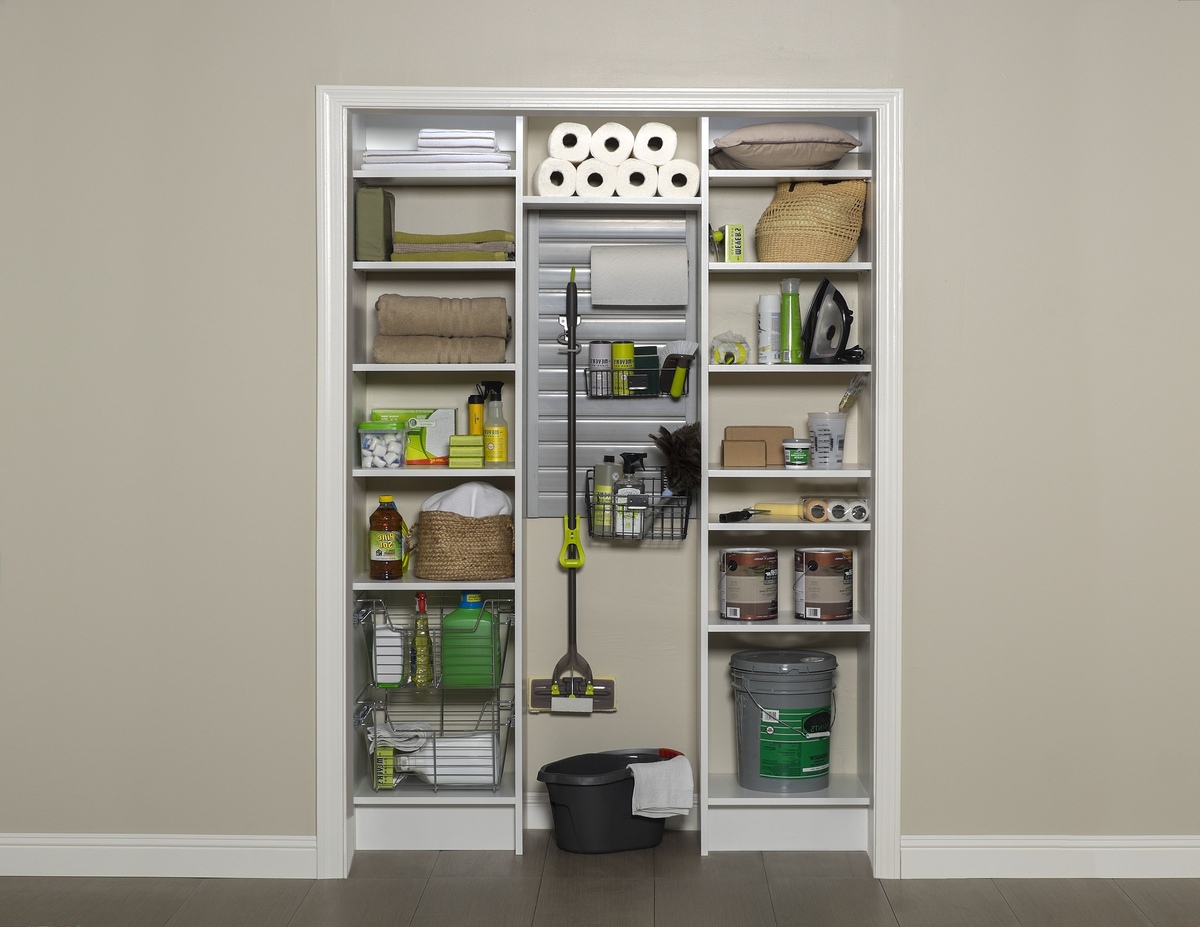
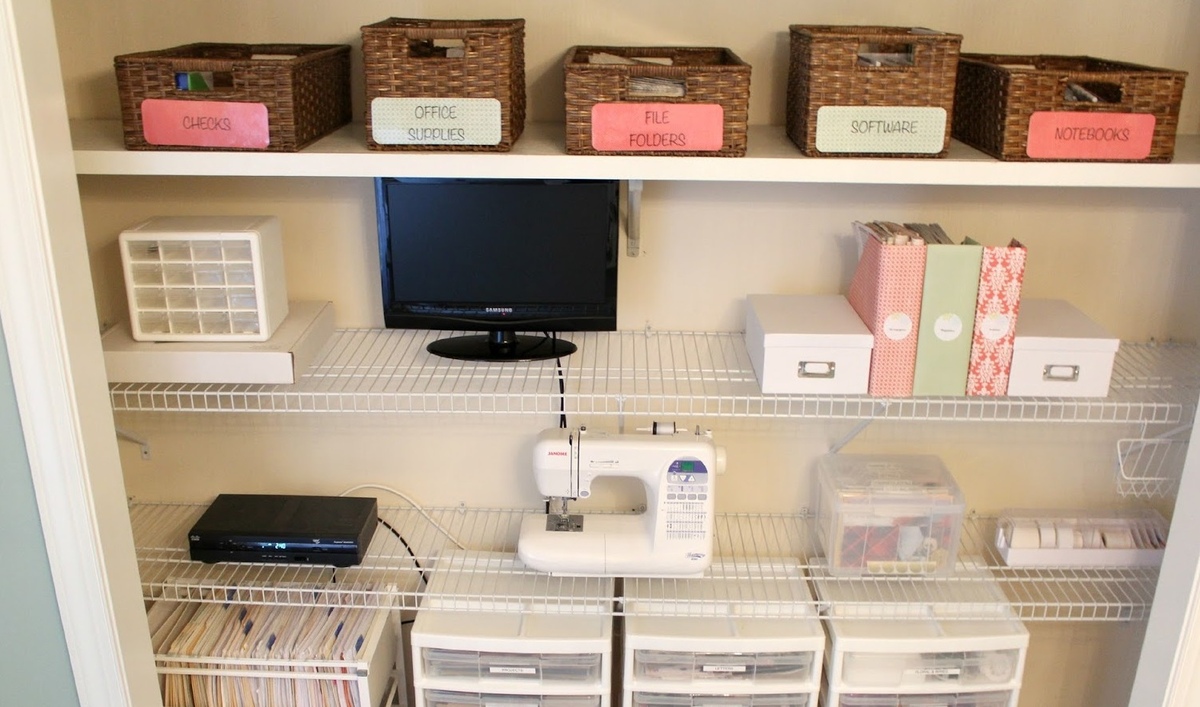
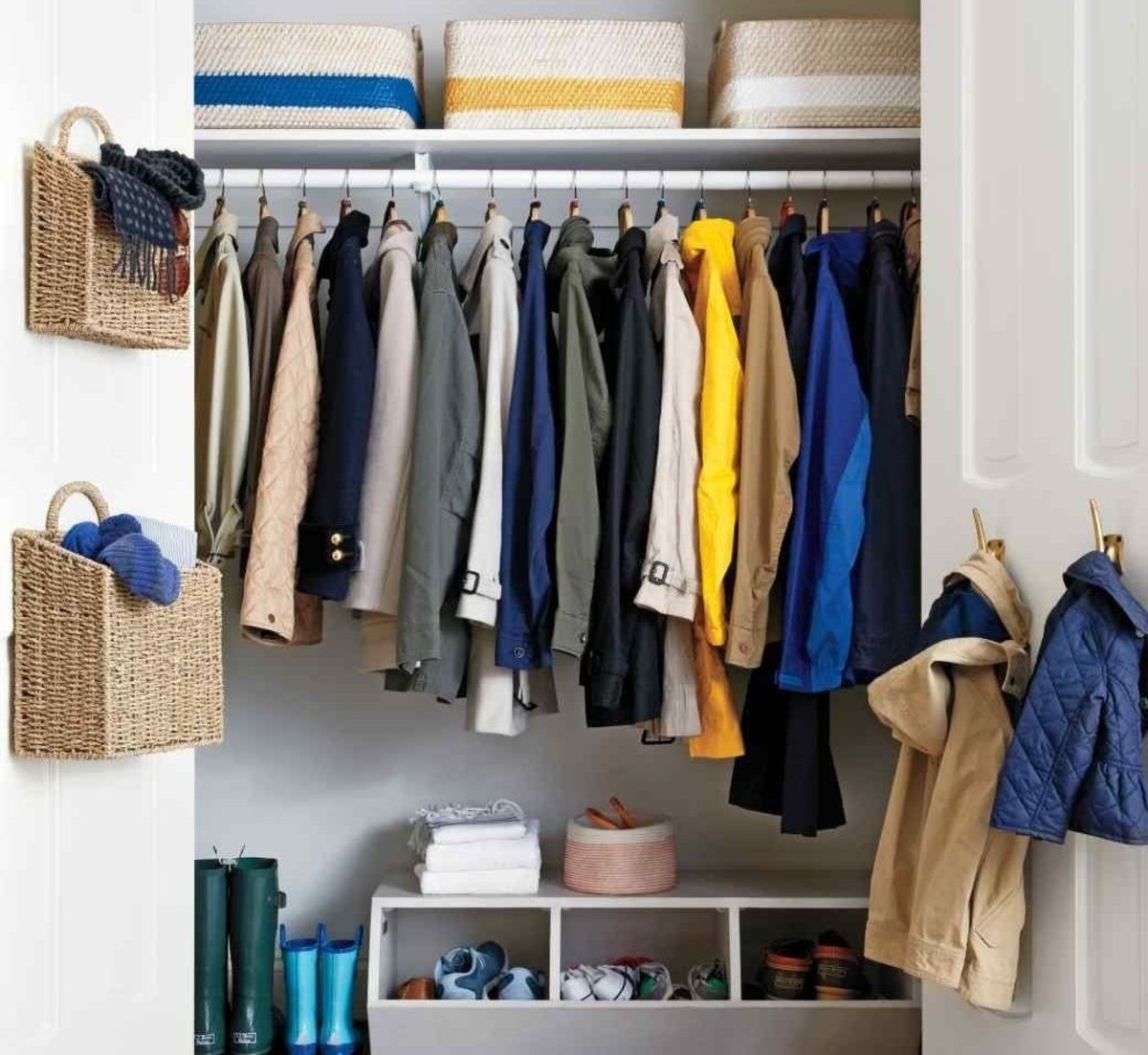
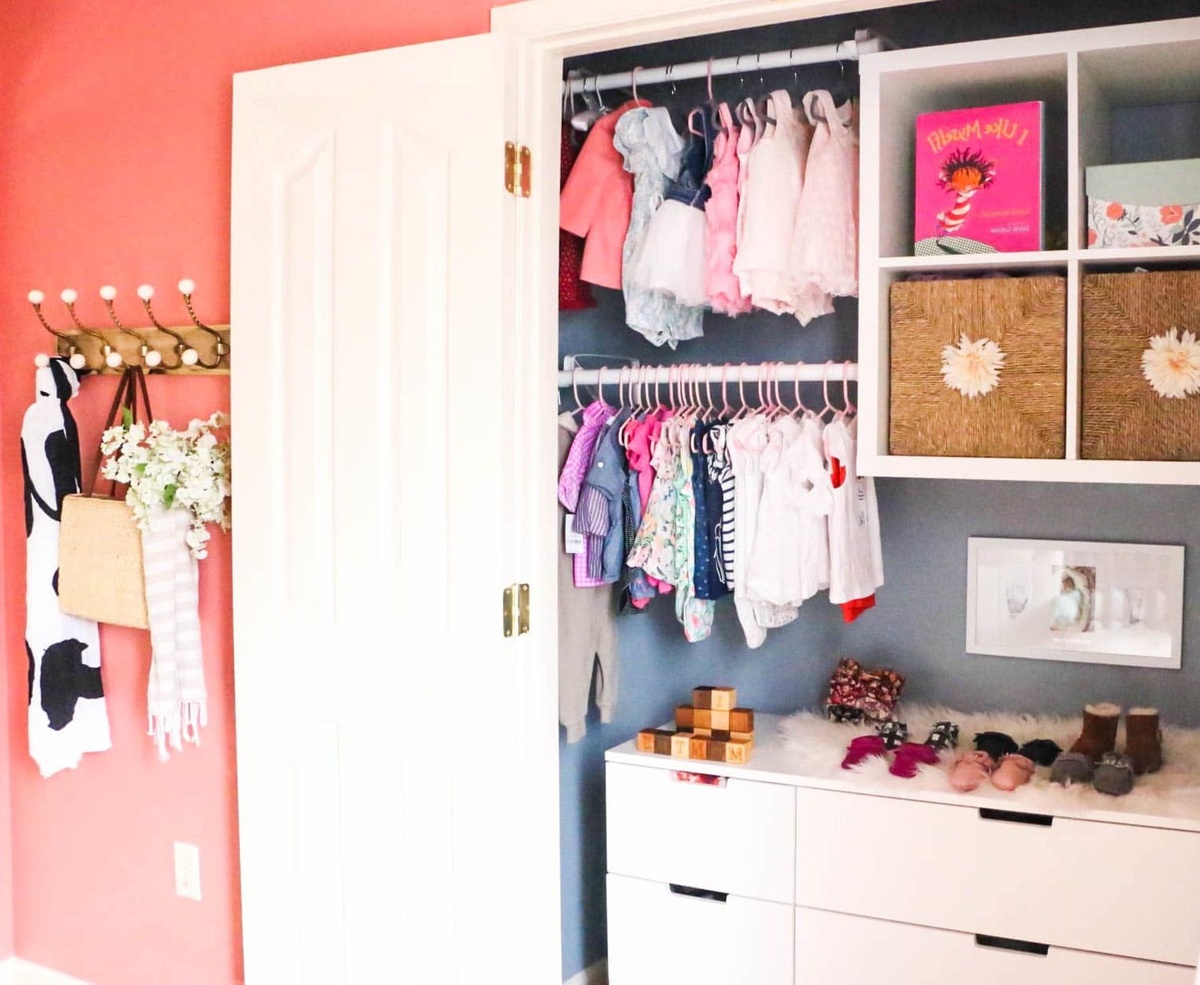
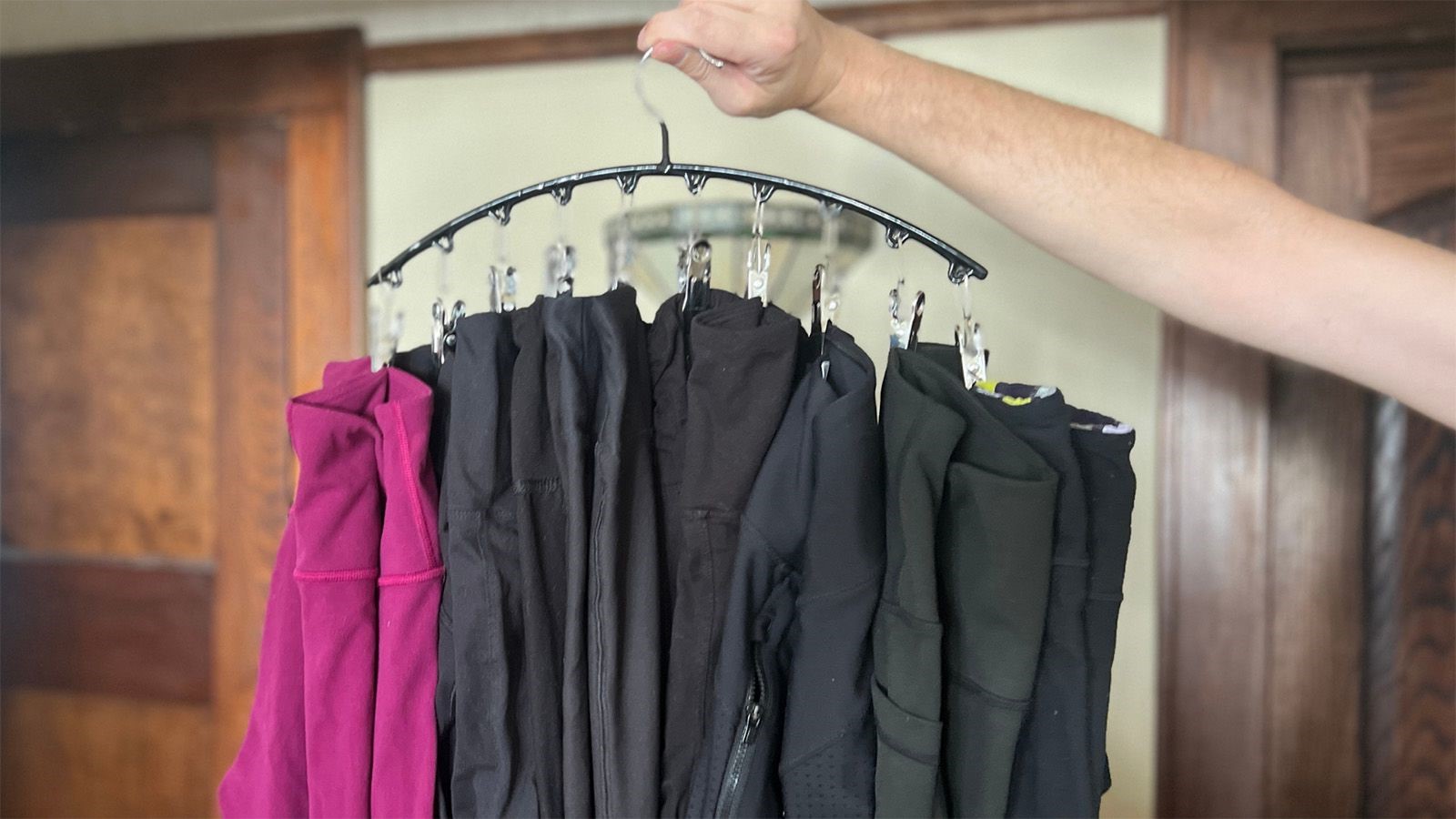
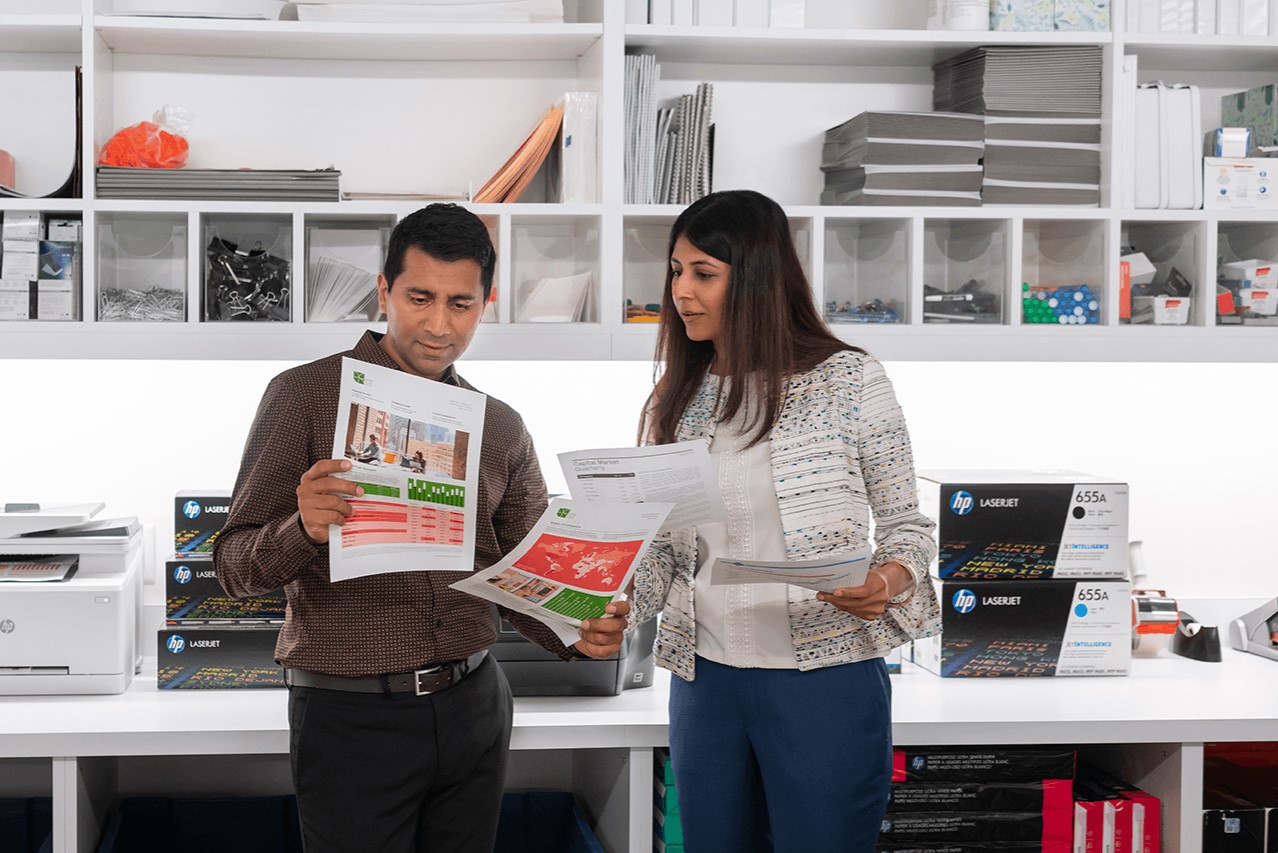
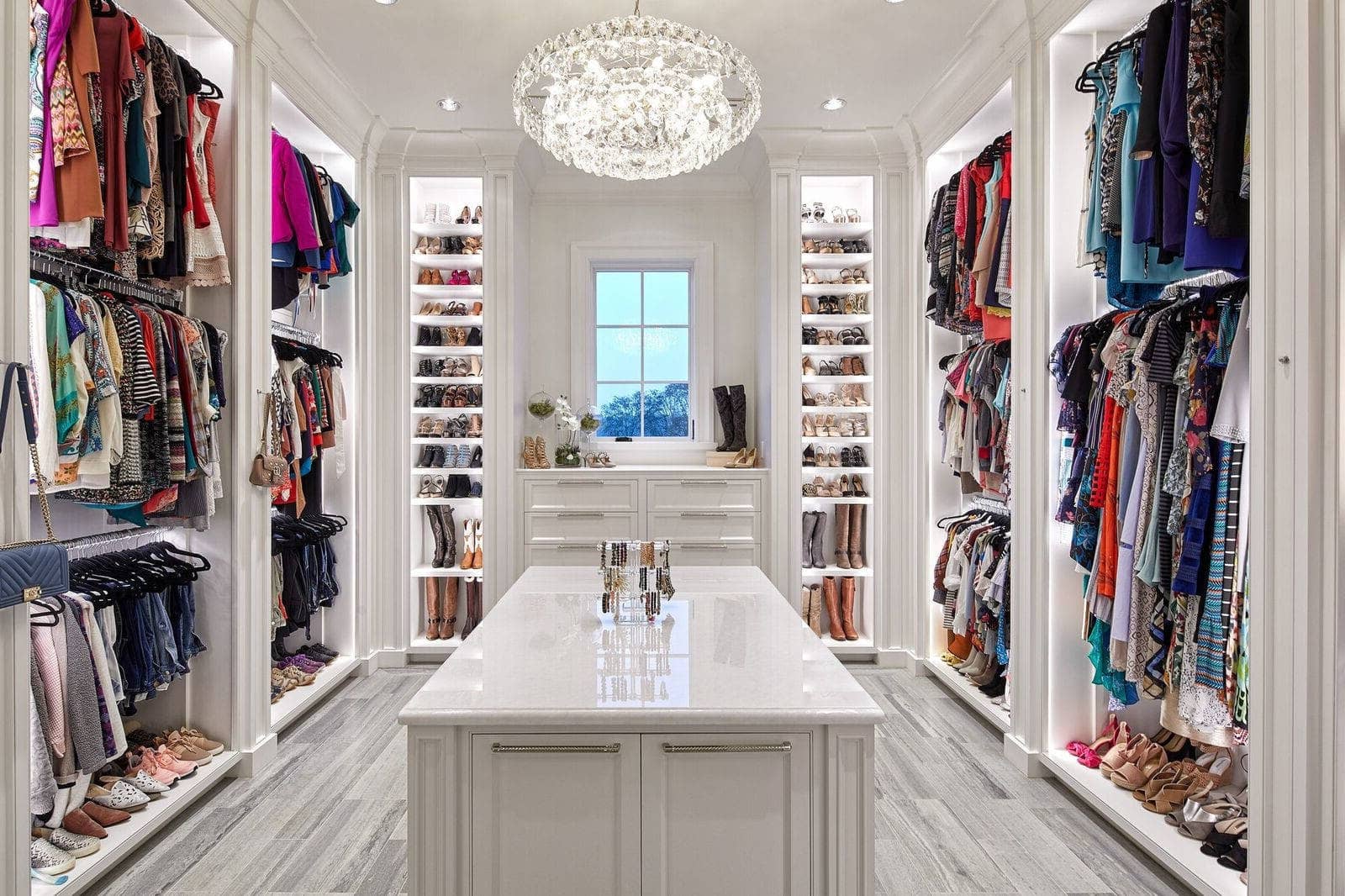
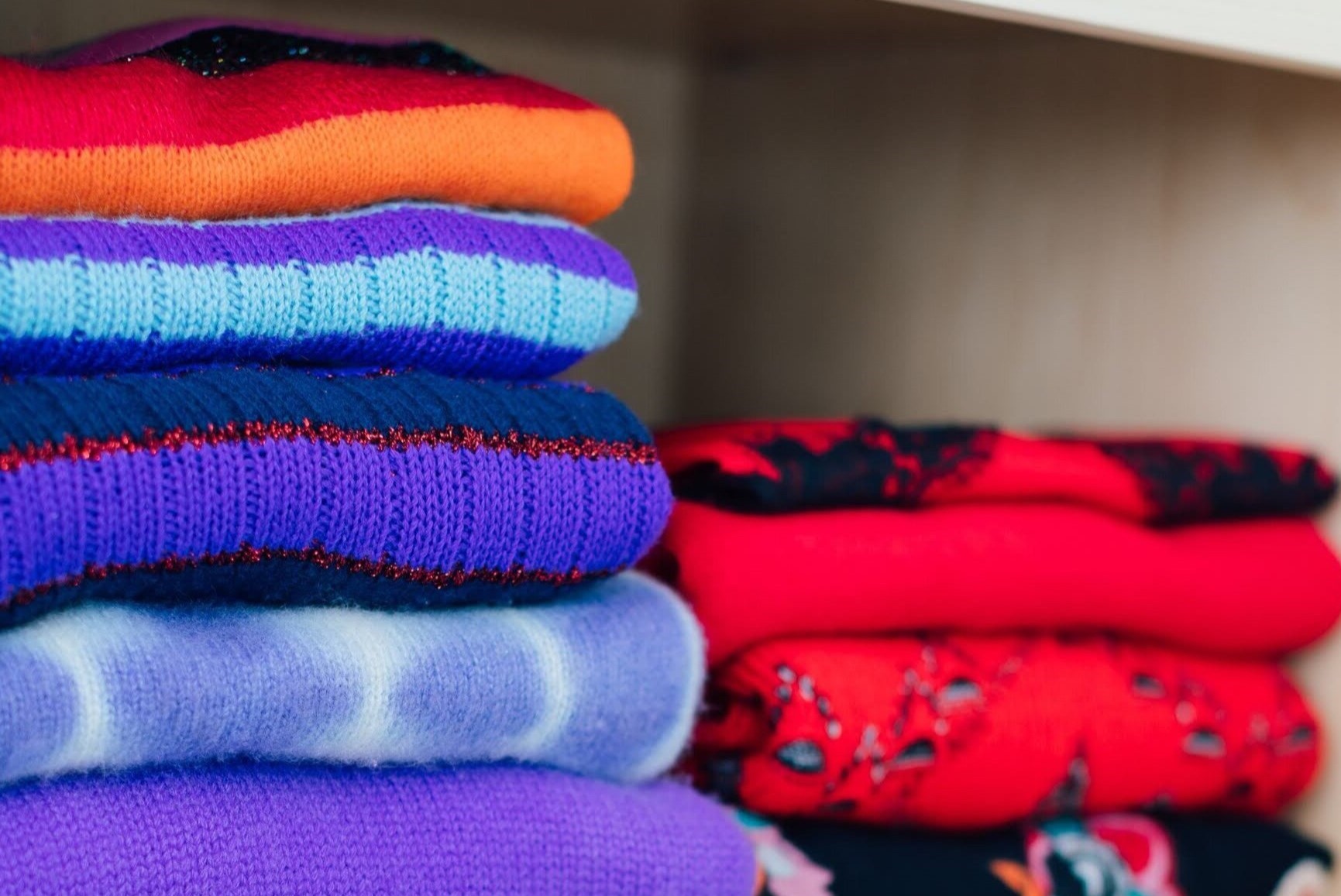
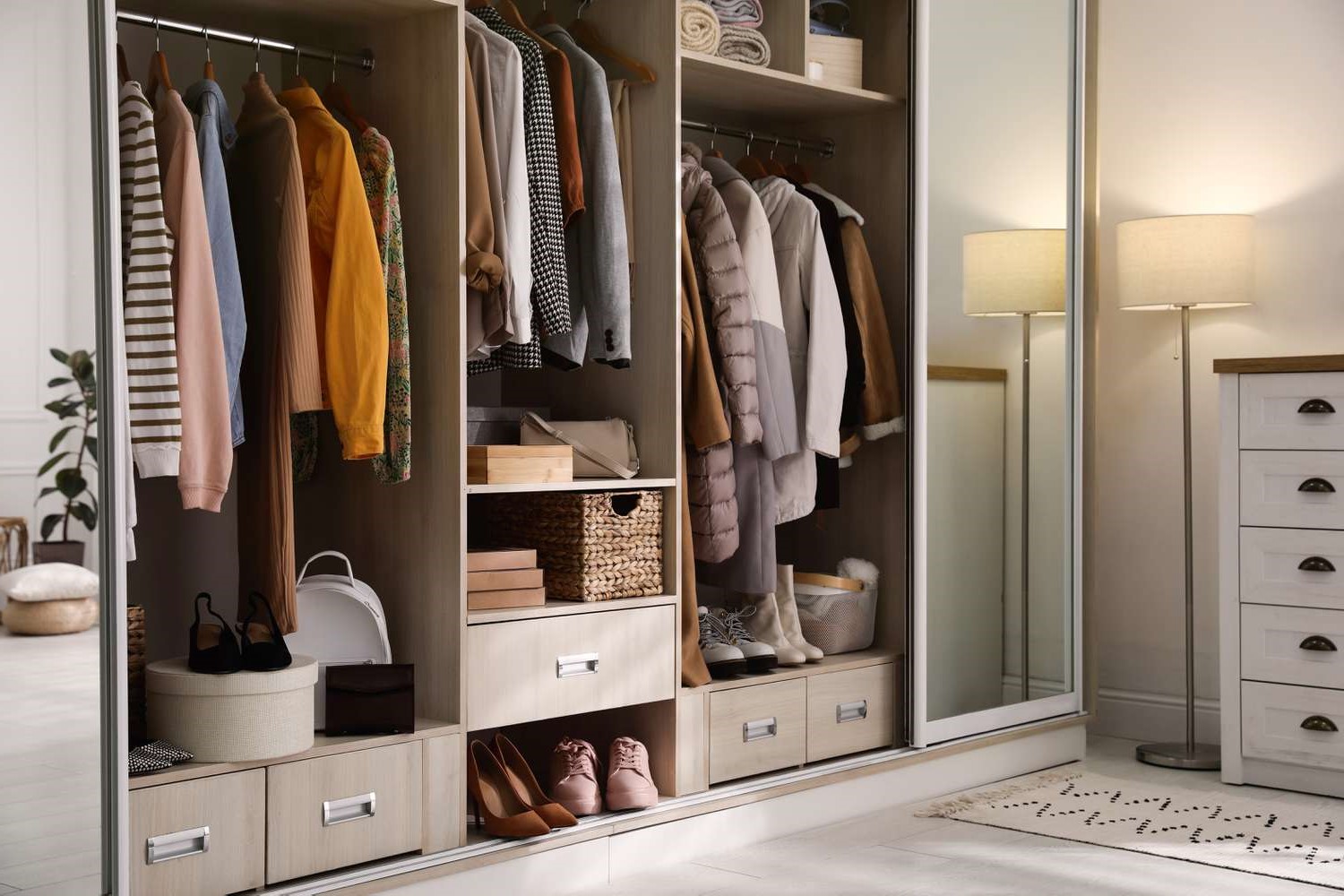
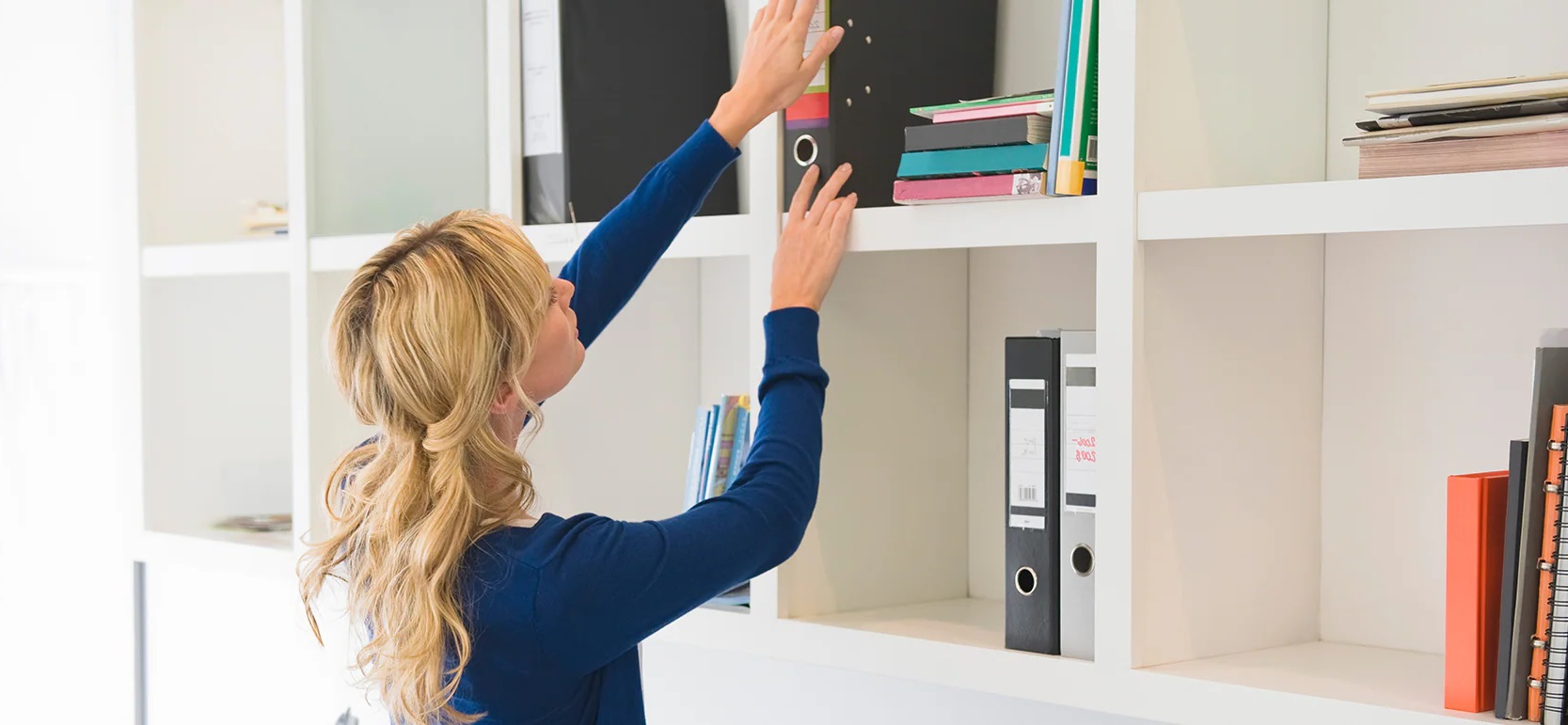
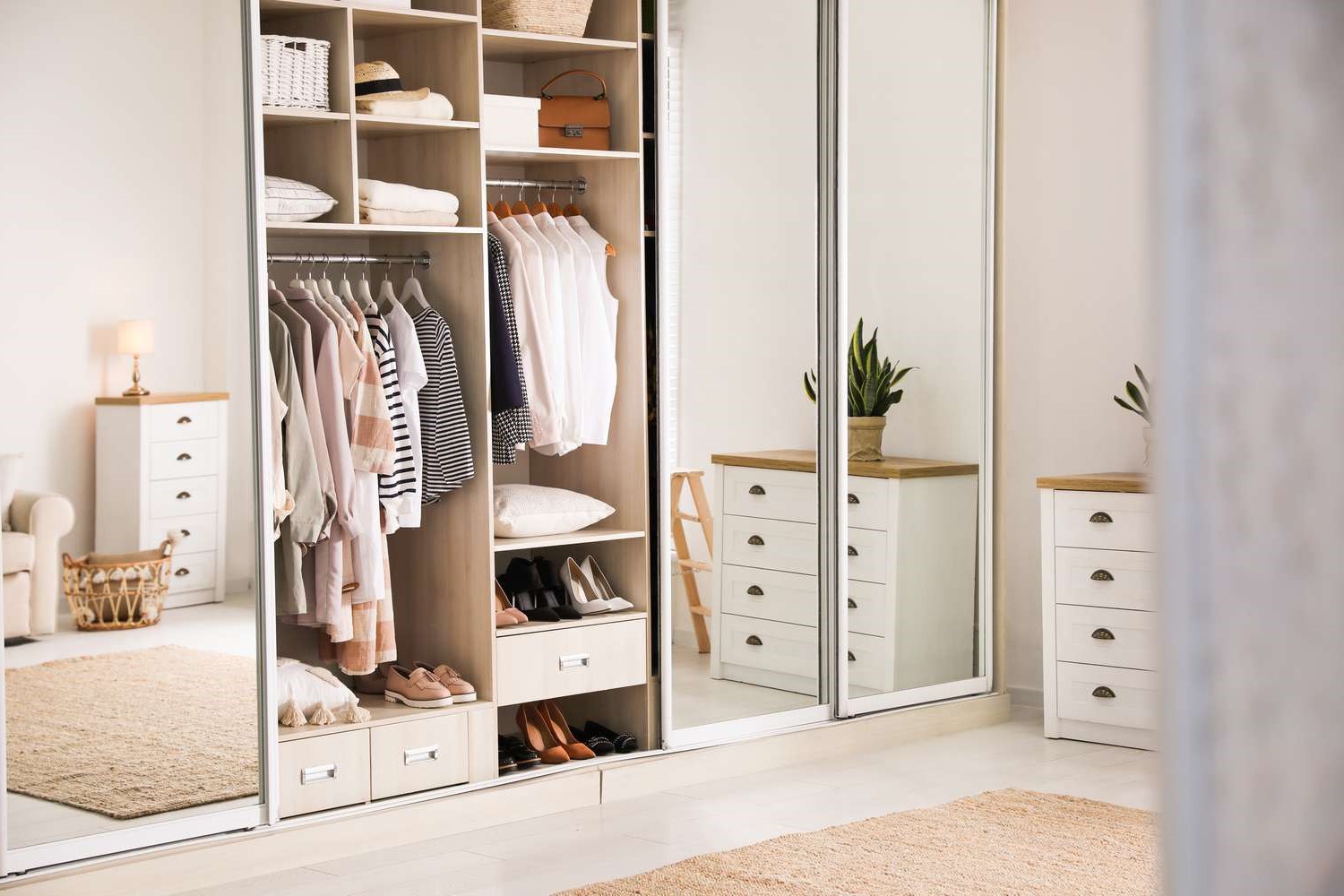
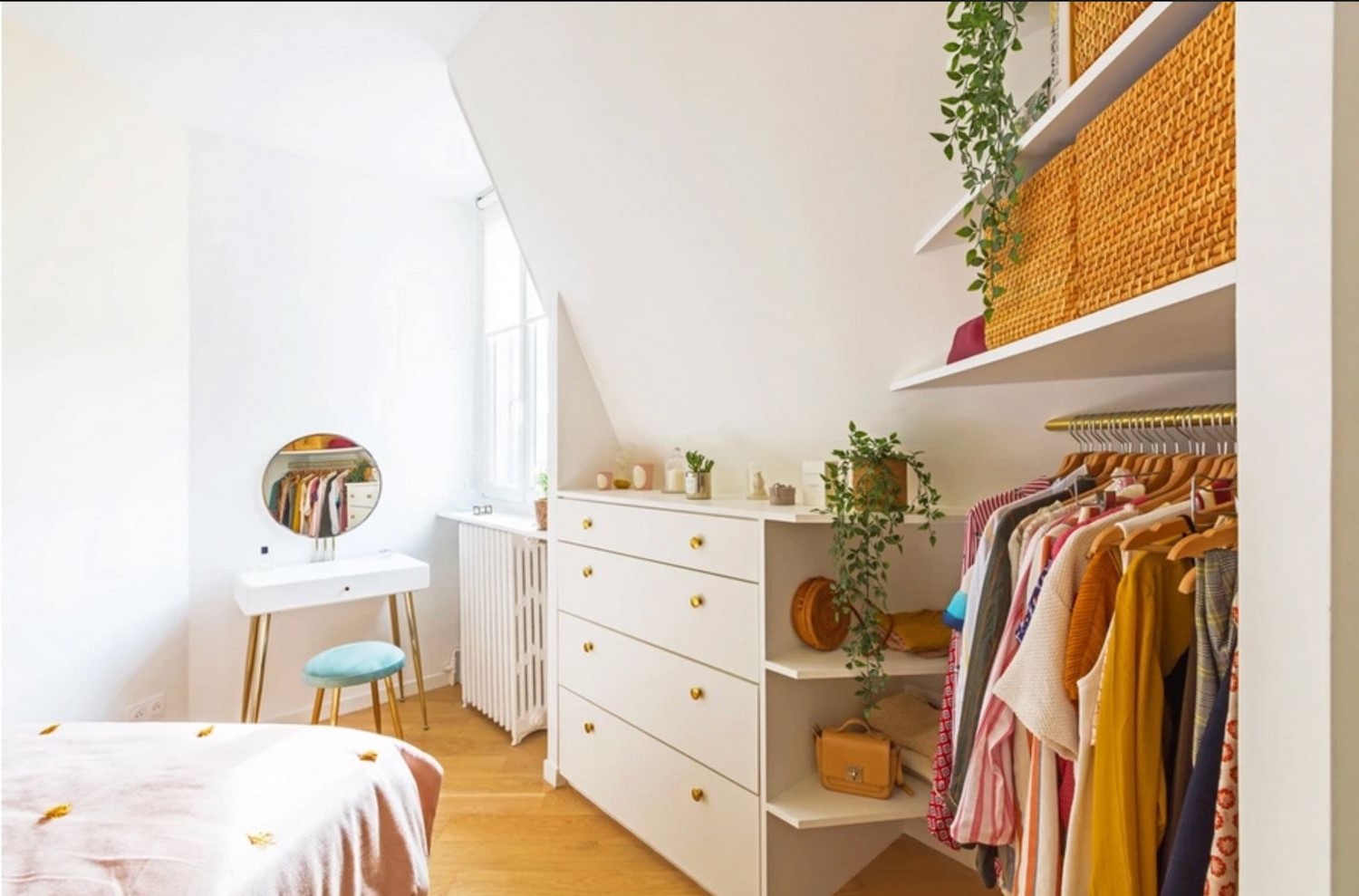
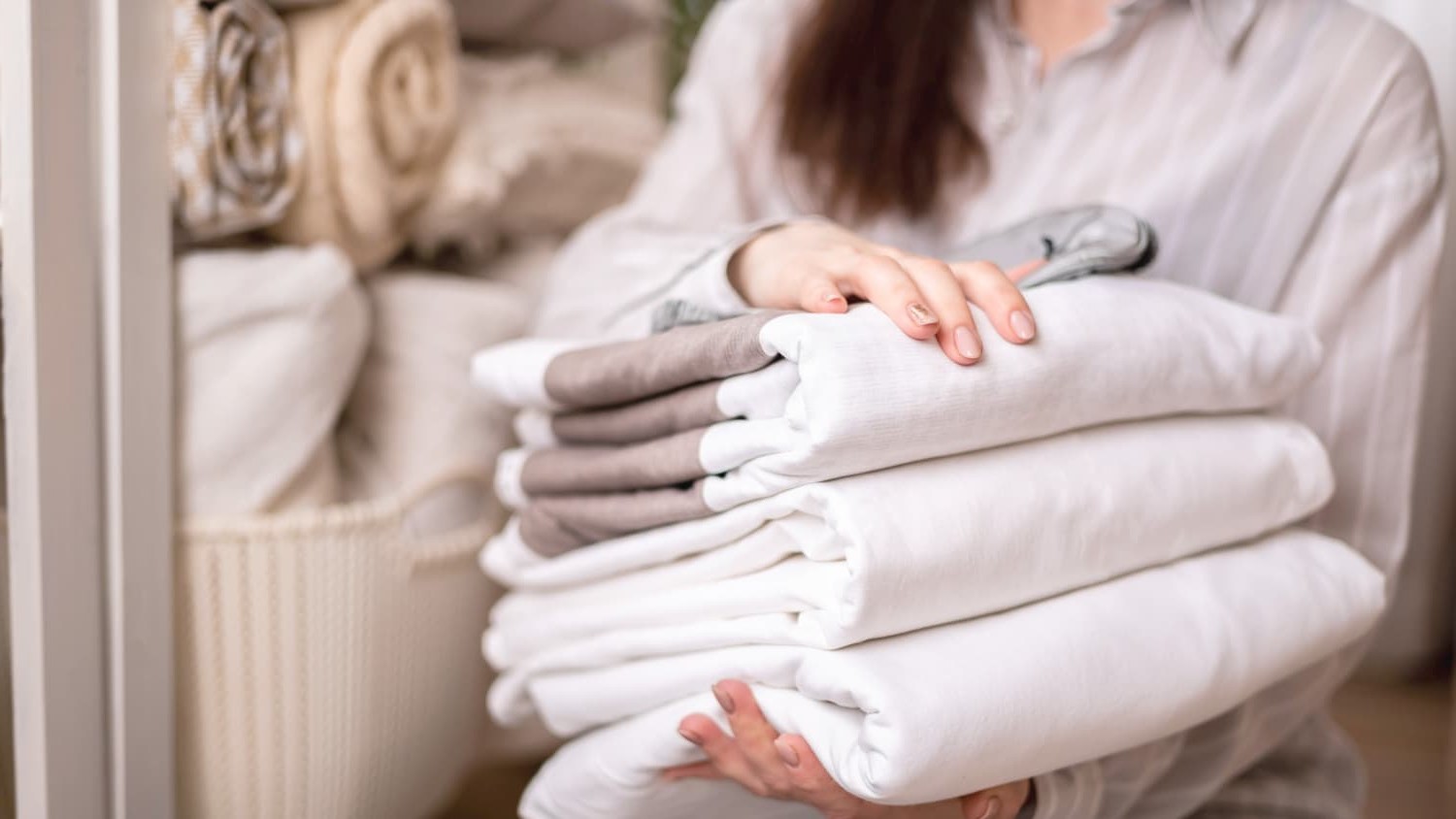

0 thoughts on “How To Organize A Mens Closet”